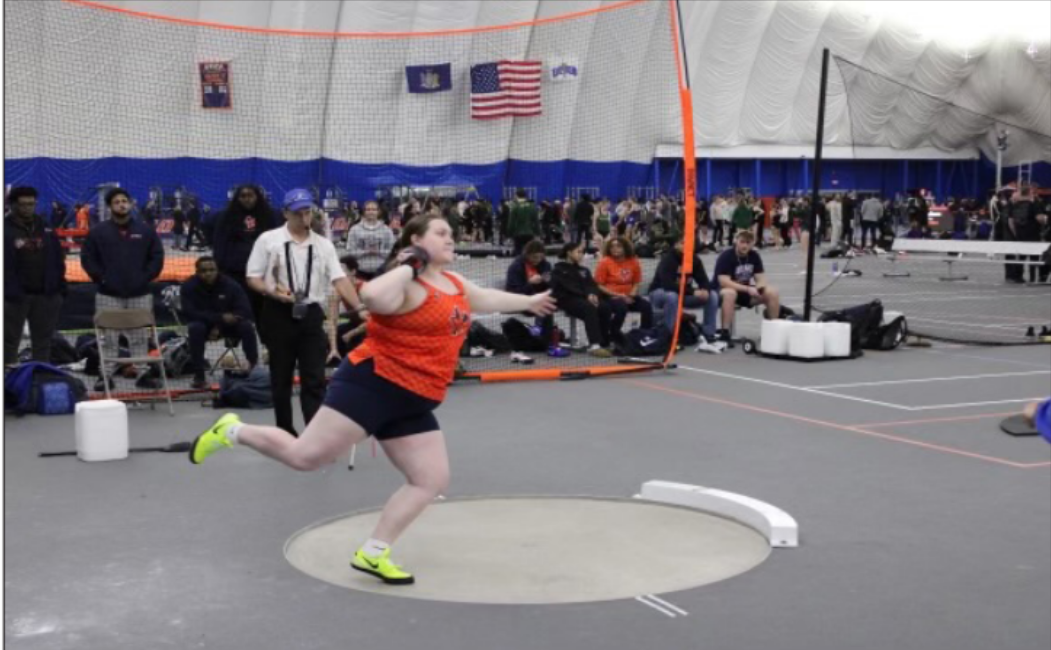With National Signing Day just passing on Nov. 13, the pressure is building for many high schoolers to make life changing decisions.
Teenagers are getting younger and younger when college athletic scouts begin to put them on their radar. Specifically, in lacrosse and track and field, some say recruitment into an NCAA institution is more difficult than ever.
Whitesboro High School senior Kaelyn Barry has committed to Bryant University in Fall 2025 to play lacrosse. However, before that, Barry had to make countless sacrifices, at the expense of her teenage years.
“During my summer going into my junior year, it was very demanding,” Barry said. “In the month of July alone, I slept in 16 different hotels. It was not only physically demanding, but also very hard being away from home for so long.”
She was referring to a hard-pressed tournament schedule that took her across the East Coast. College coaches for all sports are expanding their recruitment process by traveling to tournaments all across the country to vary their prospects, to hopefully find the perfect fit for their future teams.
However, even after Barry committed in the fall of 2023, the preparations for her future were not complete. She said she has been lifting weights more often in the gym, and that she plans to step onto campus next fall overprepared.
Utica University senior Megan Brinck is a member of the Track and Field team and her recruitment process looked a lot different from Barry’s.
“[Coaches] would come up to me at meets and give me their cards, or would mail me letters. Some would invite me to lunches with their teams,” Brinck said.
As grueling as the recruitment process seems, the worst may be yet to come. With the rise of club teams, specifically in soccer, hockey, baseball and lacrosse, and Amateur Athletic Union teams with sports such as basketball, pressure on young athletes will not be winding down any time soon.
“With the growth of lacrosse academies and reclassing, I have already seen a more intense recruiting process,” Barry said.
A common strategy used by high school student-athletes is reclassing, which allows the student, who attends a preparatory school, to repeat the same academic year. This lets the student-athlete grow stronger and improve at his or her sport, which leads to the athlete having extensive advantages over others.
This, along with other loopholes coaches use to increase an athlete’s ability sooner, puts more pressure on these young athletes as they transition into college. However, once in college, each athlete’s journey is different, based on which sport they play. Although Brinck has retired from throwing on the Track and Field team, she has gained a new perspective through coaching.
“I do believe that it’s going to be a little more difficult to get recruited because people are competing at such a high caliber,” Brinck said. “It will be a lot harder to go Division I or II, but hopefully, that will leave more room for Division III athletes.”
Brinck and Barry experienced vastly different adventures while navigating a laborious time in high school, however, both faced the immense challenge of the present system of recruitment.





































































































































